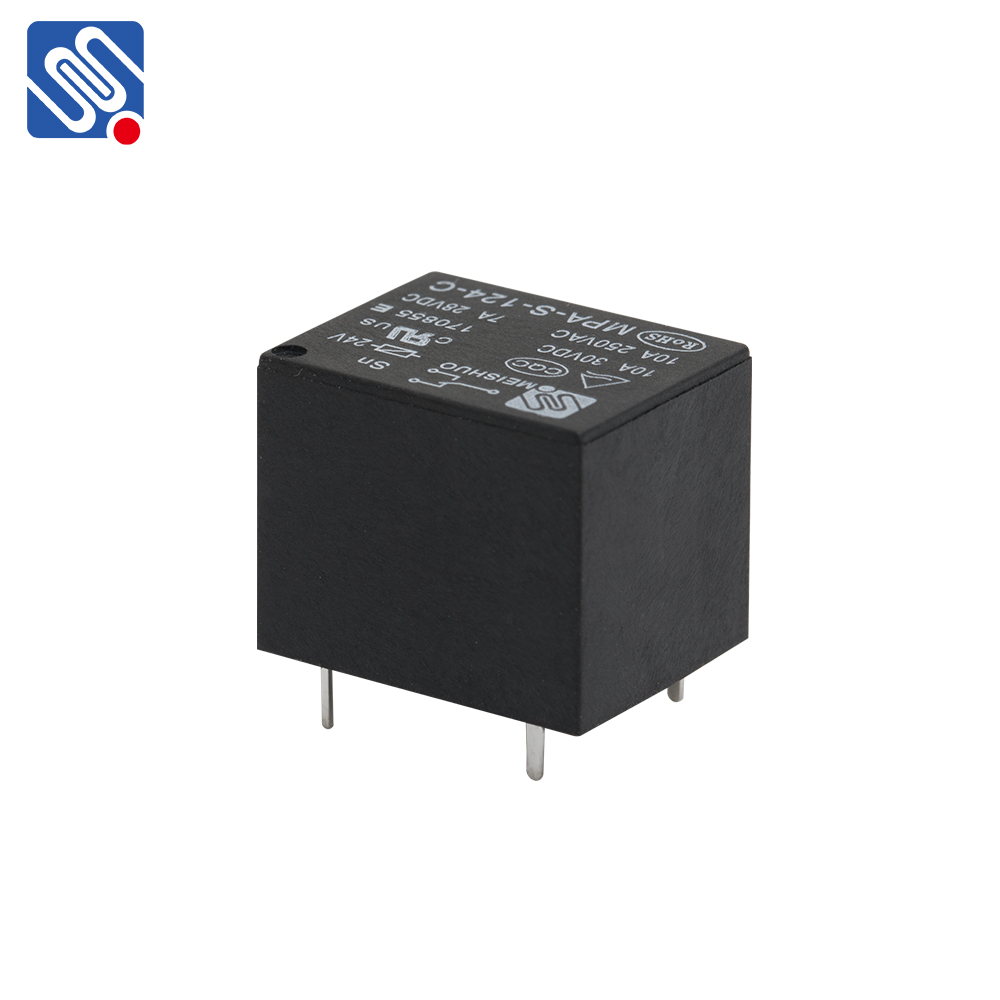relay drive: an essential component in electrical control systems
Release time:2025-03-27 08:42:23
Relay drives are integral components in electrical control systems, serving as a bridge between low-power control circuits and high-power machinery. This essential technology allows for the automation of electrical processes and provides the flexibility to manage and switch high-power devices without directly interacting with them. A relay drive typically consists of an electromagnet that controls a switch, enabling it to either open or close a circuit depending on the current passing through it. This simple yet effective mechanism makes relay drives one of the most widely used control elements in various applications, ranging from industrial automation to automotive systems.

Functionality of Relay Drives
A relay drive operates by using an electric current to control the movement of a mechanical switch. The relay itself consists of several key components: an electromagnet, an armature, a set of contacts, and a spring. When a current flows through the electromagnet, it generates a magnetic field that attracts the armature, which in turn causes the contacts to either open or close. This action can either allow the flow of current through a circuit or interrupt it, depending on the design of the relay.
One of the key advantages of using a relay drive in electrical systems is its ability to control large amounts of power with a relatively small control current. This is particularly useful in systems where low-power control circuits are required to manage high-power loads, such as motors, lights, and heating elements. By isolating the control circuit from the high-power circuit, a relay drive enhances the safety and durability of the system.

